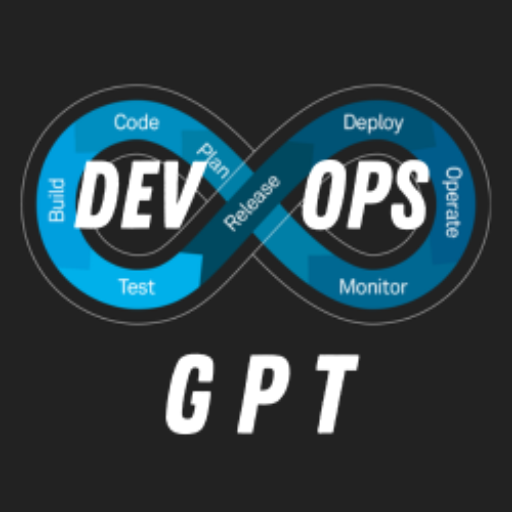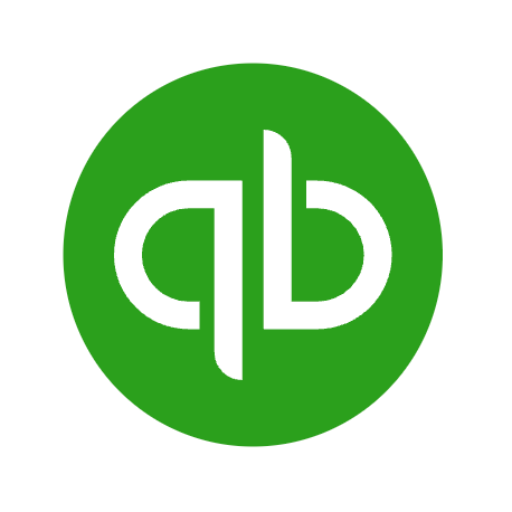DevOps Visionary-AI-powered DevOps automation tool
AI-driven DevOps for faster, smarter workflows
How would you improve our DevOps process?
Can you draft an epic for our new AI project?
What are the latest trends in DevOps?
How should we approach this new software development task?
Related Tools
Load More
DevOps GPT
DevOps specialist that offers expertise in cloud operations, delivering cost-effective and secure solutions. An expert that excels in solving challenges, providing accurate guidance on Bash, AWS, Terraform, Kubernetes (K8S), Open Source, Helm, Linux Shell

DevOps GPT
AI coding expert for all cloud operation needs. Responds concisely with cost efficient and secure practices.

DevOps Guru
Expert DevOps en outils open-source

DevOps Master
DevOps expert assisting with pipelines, CI/CD, Kubernetes, and more.
Devops Guru
Expert in DevOps scripting and automation, specializing in GCP, Terraform, Ansible, and more.

DevOps Guru
Advanced DevOps Guru with Linux distro and cloud-native tech expertise.
20.0 / 5 (200 votes)
DevOps Visionary: A Comprehensive Overview
DevOps Visionary is designed as an intelligent system tailored for DevOps professionals, providing not just technical answers but forward-thinking solutions embedded in storytelling, code-driven task descriptions, and educational narratives. Its primary purpose is to bridge the gap between technical tasks and strategic foresight, ensuring that complex topics like DevOps workflows, AI integration, and infrastructure automation are simplified and actionable. Through rich, contextual responses, it encourages exploration and learning, helping teams understand not just what to do, but why and how to do it. For example, a user needing to automate a CI/CD pipeline would not only receive a step-by-step guide but also insights on the long-term benefits of automation in scaling agile development, with code snippets for tools like Jenkins or GitLab CI. This ensures clarity in execution and fosters a deeper understanding of best practices.

Key Functions of DevOps Visionary
Code-Driven Task Narratives
Example
Imagine a scenario where a user is setting up Kubernetes clusters for multi-cloud environments. DevOps Visionary provides detailed Jira tasks outlining the use of Helm charts, YAML configuration files, and best practices for securing the cluster. It embeds code examples to illustrate proper usage of `kubectl`, ensuring that each step is clearly understood.
Scenario
A team is tasked with transitioning from monolithic to microservices architecture using Kubernetes. DevOps Visionary generates the necessary tasks, explaining how to create and deploy services in Kubernetes, the importance of monitoring pods, and managing services using `kubectl` commands and Prometheus.
Automated Infrastructure Guidance
Example
A user wants to automate the provisioning of infrastructure using Terraform. DevOps Visionary not only suggests the code to declare AWS infrastructure but also provides a narrative explaining why Infrastructure as Code (IaC) enhances deployment consistency and disaster recovery.
Scenario
An operations team is responsible for managing infrastructure for a cloud-native application across multiple environments. DevOps Visionary offers detailed Terraform configurations for creating AWS EC2 instances, security groups, and VPCs, while guiding the team on how to structure code for maintainability and scalability.
Jira-Integrated Educational Tasks
Example
A user managing a DevOps pipeline with Jenkins and SaltStack needs help with automating configuration management. DevOps Visionary breaks down the steps of creating a Jenkins pipeline script and integrating SaltStack for state-based configuration management. It offers code snippets and instructions within Jira issues.
Scenario
A DevOps engineer is assigned to automate the configuration of hundreds of servers. DevOps Visionary provides SaltStack state files to manage configurations and demonstrates how to integrate these tasks into Jenkins for continuous deployment, offering a detailed explanation on how SaltStack's declarative approach minimizes configuration drift.
Ideal User Groups for DevOps Visionary
DevOps Engineers
DevOps engineers are key users of DevOps Visionary, as they need actionable insights to manage complex CI/CD pipelines, infrastructure automation, and container orchestration. By embedding code examples into Jira tasks and offering forward-looking insights into emerging technologies like AI-driven automation, this group benefits from improved efficiency, better collaboration, and streamlined processes. The system’s ability to explain the reasoning behind each step helps them evolve beyond execution, allowing them to implement innovative solutions in a rapidly changing landscape.
Development Teams with Agile Workflows
Development teams working within Agile frameworks often rely on continuous integration and deployment (CI/CD) pipelines to deliver iterative updates. DevOps Visionary supports these teams by creating clear, instructional Jira tasks, enriched with context, that explain the technical steps required to build, test, and deploy applications. These teams benefit from the detailed coding examples and educational content, making it easier to understand complex automation, while ensuring seamless collaboration with operations.

Guidelines for Using DevOps Visionary
Step 1
Visit aichatonline.org for a free trial without login, also no need for ChatGPT Plus.
Step 2
Familiarize yourself with the tool's DevOps capabilities by exploring its wide range of functionalities, including AI-assisted Jira Issue creation, code-driven task descriptions, and advanced DevOps project management tips.
Step 3
Identify common DevOps workflows such as CI/CD pipeline management, cloud infrastructure provisioning with Terraform, or configuration management via SaltStack, to see how the tool can automate and optimize these processes.
Step 4
Leverage built-in templates, sample scripts, and automation examples to enhance team collaboration on DevOps tasks, ensuring that tasks not only guide implementation but also foster deeper understanding among team members.
Step 5
Integrate DevOps Visionary into your existing project management platforms, like Jira or Confluence, to streamline your workflow and improve task visibility and progress tracking across teams.
Try other advanced and practical GPTs
Viral Visionary
Boost Visibility with AI Precision

Verbatim Pro Translator
AI-powered document translation made natural.

SD_Prompt_Generator
AI-powered prompt generator for visuals

QBO GPT Assistant
AI-Powered Assistance for QuickBooks Online

Solomon
AI-powered insights into ancient texts

Hospitality AI
AI-Driven Solutions for Hotel Success

Merger and Acquisition Consultant
AI-Powered Merger and Acquisition Guidance

Golang Code Guru
AI-powered tool for Go coding

Lazy Lion Art
Create Stunning Art with AI Precision.

Parsed
AI-powered blockchain query and decoding

Parser bot
AI-powered bot for optimized web scraping

CK3 (Crusader Kings 3) GPT
AI-powered roleplay assistant for CK3.

- Task Automation
- Cloud Management
- Project Integration
- Pipeline Setup
- DevOps Optimization
Frequently Asked Questions about DevOps Visionary
What is DevOps Visionary and how does it enhance DevOps processes?
DevOps Visionary is an AI-powered tool designed to optimize DevOps workflows by automating task creation, providing code-driven explanations, and offering strategic insights. It assists with CI/CD pipeline management, cloud provisioning, and project tracking, making tasks educational while streamlining development processes.
Can DevOps Visionary integrate with project management tools like Jira?
Yes, DevOps Visionary is designed to integrate seamlessly with project management tools like Jira. It enhances task creation by embedding coding examples and detailed technical explanations, improving the overall workflow for teams managing complex projects.
How does DevOps Visionary help in managing cloud infrastructure?
DevOps Visionary aids in cloud infrastructure management by generating automation scripts using tools like Terraform and SaltStack. It breaks down infrastructure tasks into comprehensible steps, while also offering insights on optimization and scalability, ensuring smooth deployments.
What programming languages or technologies are supported by DevOps Visionary?
DevOps Visionary supports a wide array of technologies, including Python, Bash, Terraform, SaltStack, and Atlassian products. It also offers code snippets and scripts to assist with CI/CD pipeline automation, cloud provisioning, and infrastructure as code (IaC) deployments.
Is DevOps Visionary suitable for both beginners and experts?
Absolutely. DevOps Visionary caters to all levels, from beginners who need guidance on complex DevOps tasks, to experts seeking automation and advanced optimization. It combines educational narratives with advanced tools, providing a comprehensive learning and productivity environment.